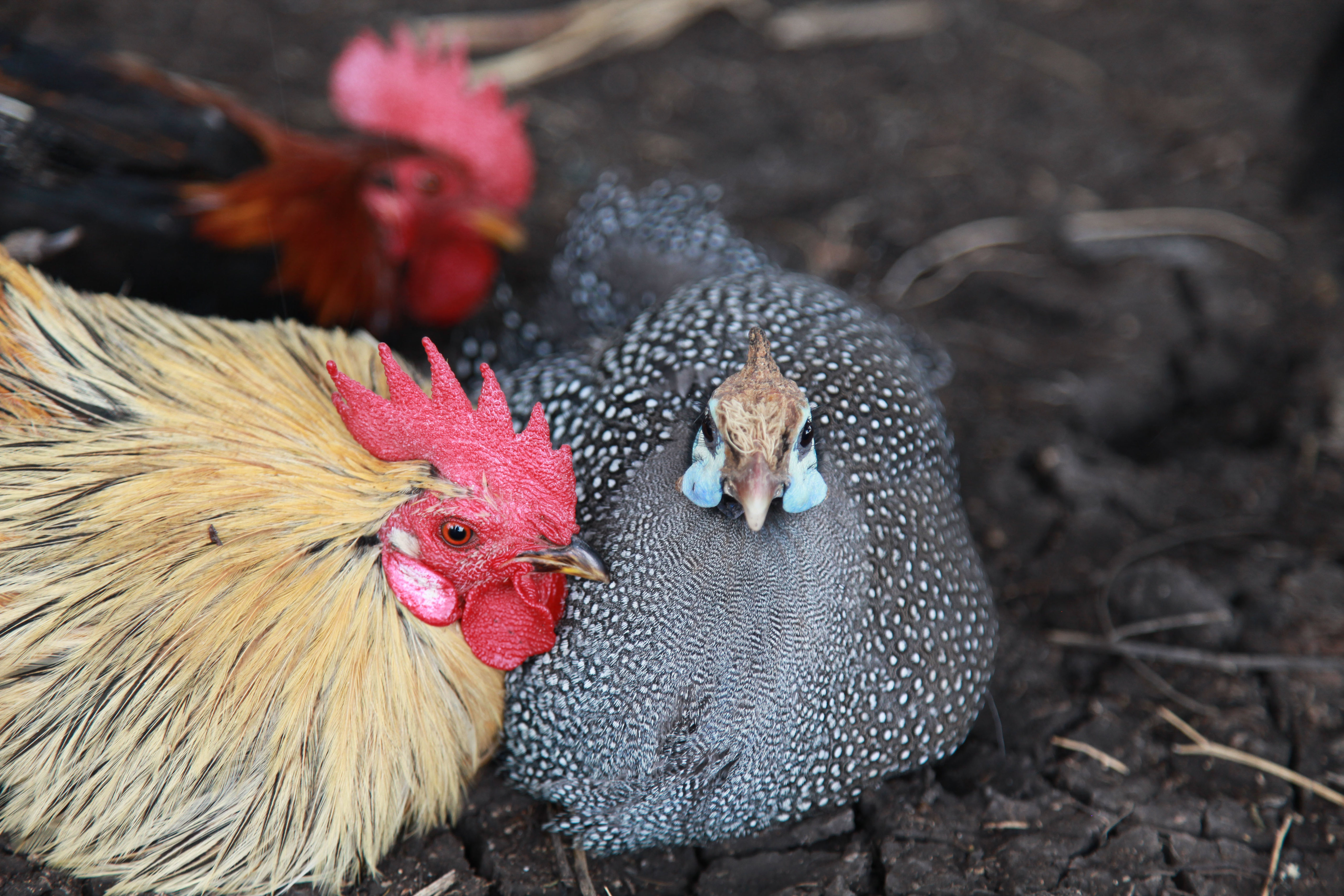
Antimicrobial use is recognized as a major driver of antimicrobial resistance. An understanding of current practices can lead to better targeting of interventions aimed at reducing the use of antimicrobials.
A new study published Antibiotics (May 2023) analyzed the distribution and use of veterinary drugs in peri-urban smallholder poultry systems in Kajiado and Machakos counties in Kenya through a survey and key informant interviews.
A total of 100 farmers were interviewed. The majority of the farmers (58%) were over 50 years old, and all kept chickens, while 66% kept other livestock.
Antibiotics constituted 43% of the drugs reportedly used on the poultry farms. These were mostly administered by the farmers themselves through water. Leftover drugs were either stored for later use (89%) or disposed of (11%). Incineration was the main method for the disposal of leftover drugs and empty containers.
The antibiotic drug distribution chain relied on agrovet shops that were supplied by local distributors and pharmaceutical companies, which, in turn, supplied drugs to the farmers. Farmers reportedly purchased drugs without prescriptions and rarely observed the withdrawal periods. Drug quality was a concern, especially for products requiring reconstitution.
Citation
Mutua, F., Kiarie, G., Mbatha, M., Onono, J., Boqvist, S., Kilonzi, E., Mugisha, L., Moodley, A. and Sternberg-Lewerin, S. 2023. Antimicrobial use by peri-urban poultry smallholders of Kajiado and Machakos counties in Kenya. Antibiotics 12(5): 905.